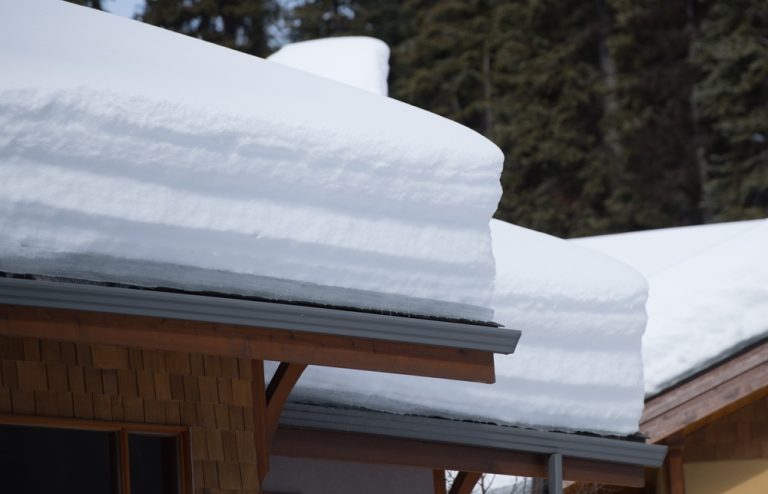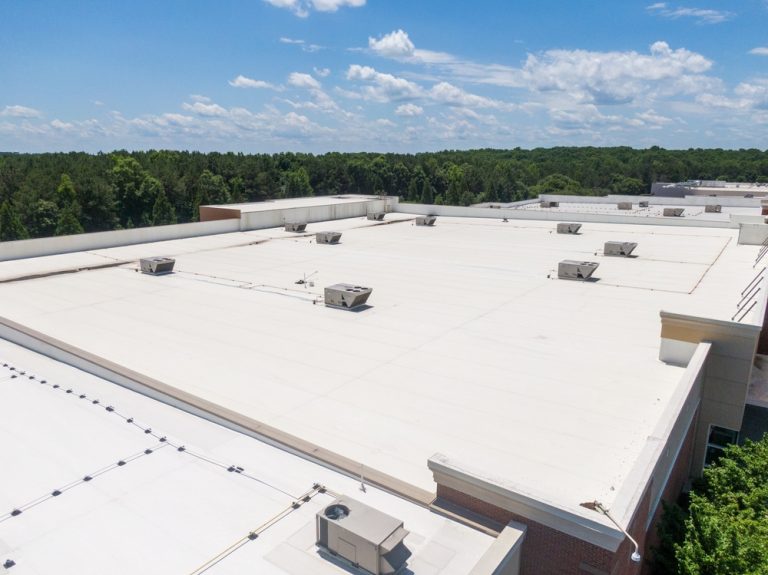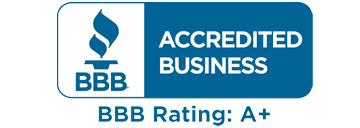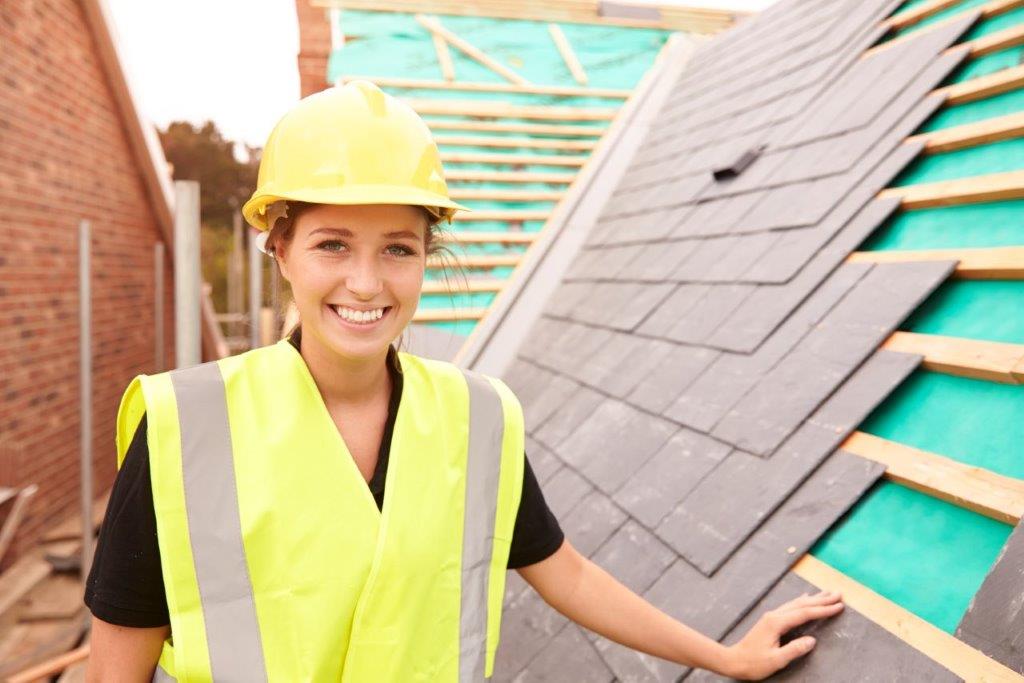The gentle rustling in your attic or the faint patter of feet overhead may seem harmless at first—until you realize you have uninvited guests: squirrels. These furry intruders are more than just a seasonal nuisance. In the Chicagoland area, squirrel infestations are a common problem, especially during colder months when attics and roof cavities become ideal nesting grounds. Not only can these critters wreak havoc on your home’s structural integrity, but they also pose serious safety and health concerns. This guide offers homeowners in Chicagoland a comprehensive path forward—from identifying the problem to executing a safe eviction and restoring any damage caused.
How Squirrels Invade Your Roof and Why It Matters
Squirrels are clever and persistent. They can scale trees, leap from branches, and gnaw their way into even the smallest attic openings. A mature squirrel only needs a hole about the size of a baseball to enter your home. Over time, they can widen these entry points with relentless chewing. Roof eaves, soffits, vents, and even loose shingles are all vulnerable spots that offer squirrels an easy ticket inside.
Once inside your attic or walls, squirrels begin nesting, storing food, and raising young. Their constant gnawing—on wood, insulation, and even electrical wiring—can lead to significant structural degradation. Frayed wires caused by squirrel activity have been linked to house fires, making their presence not just annoying but potentially catastrophic. Chicagoland homes, especially older properties with aged roofing or overhanging trees, are particularly at risk for this kind of intrusion.
Safe and Humane Squirrel Eviction in Chicagoland
Evicting squirrels from attic spaces isn’t as simple as opening a window and hoping they’ll leave. The process must be handled carefully to ensure it’s humane, effective, and compliant with Illinois wildlife regulations. First, you need to confirm that squirrels are indeed the culprits. Look for telltale signs such as scratching noises, droppings, nests made of leaves or insulation, and chewed entry holes along the roofline.
Once confirmed, humane trapping and relocation are the preferred methods for squirrel removal from roof areas. Professional wildlife control services in the Chicagoland area are well-versed in these techniques. They typically use live traps and one-way exclusion doors that allow squirrels to exit but not re-enter. It’s essential to ensure that all squirrels have vacated—especially nursing mothers with babies—before sealing up access points. Failing to do so could lead to dead animals trapped inside, creating new problems involving odors, pests, and decay.
Timing is also critical. Squirrel breeding seasons peak in late winter and late summer. During these times, attics may host nests of helpless babies, and evicting the mother without the young can result in orphaned animals and further damage as the mother attempts re-entry. Therefore, it’s advisable to conduct inspections and evictions either before or after these high-risk windows whenever possible.
Roof Repair for Squirrel Damage: Restoring the Integrity of Your Home
After successful removal, the next step is comprehensive roof repair for squirrel damage. This isn’t merely a cosmetic fix. Squirrel-damaged roofs can result in water leaks, compromised insulation, and reduced energy efficiency. In worst-case scenarios, the integrity of your home’s electrical system may be at risk.
Repair begins with a thorough assessment. Professionals will check for chewed rafters, damaged vents, and weakened insulation. Entry holes must be sealed using durable materials like steel mesh or galvanized flashing—solutions that squirrels can’t chew through. In some cases, sections of roofing may need to be replaced entirely, especially if water infiltration has begun.
In Chicagoland, where the climate ranges from humid summers to freezing winters, proper sealing and insulation are vital. Roofers and wildlife control experts often work together to ensure that repairs are not only squirrel-proof but also weather-resistant. Choosing a contractor experienced in squirrel damage roofing ensures that repairs address both the structural and animal-proofing aspects needed for long-term peace of mind.
Preventing Future Squirrel Infestations
An ounce of prevention is worth a pound of squirrel repellent. Once you’ve dealt with a squirrel infestation, it’s important to implement strategies that prevent squirrels in roof spaces from returning. Prevention starts on the outside. Trim back overhanging tree limbs that give squirrels easy rooftop access. Regularly inspect your roof for signs of wear or vulnerability, especially after storms or seasonal shifts.
Install chimney caps, vent covers, and heavy-duty screen mesh over soffits and attic fans. These physical barriers are effective deterrents. Homeowners can also apply squirrel-repellent sprays or ultrasonic deterrents, although these methods are generally supplemental to physical fortifications.
Moreover, keep an eye on your attic space. Schedule biannual inspections and monitor for early signs of activity. If you hear suspicious noises or find evidence of chewing, act promptly. The longer you wait, the more extensive and expensive the repairs could become. Homeowners in Chicagoland would do well to integrate these checks into their seasonal home maintenance routines, especially given the region’s wildlife activity and fluctuating weather conditions.
Why Professional Help Matters in Chicagoland
While DIY methods can be tempting, handling squirrels requires expertise, patience, and the right equipment. Professional wildlife removal services offer not only humane eviction but also long-term exclusion solutions. In the Chicagoland area, many providers are familiar with local wildlife habits and building styles, allowing for customized solutions tailored to specific neighborhoods and home designs.
Furthermore, professional services often come with warranties or guarantees. This means you’re protected should squirrels attempt a comeback. They also understand the legal requirements for dealing with wildlife, ensuring that you remain compliant with state regulations that prohibit the harm or improper relocation of certain animal species.
Roofing contractors who specialize in squirrel damage roofing are also essential. Not every roofer is trained to recognize and address animal-related structural issues. Professionals experienced in roof repair for squirrel damage know where to look, what materials to use, and how to integrate pest-proofing into broader roofing solutions. This holistic approach minimizes risk and maximizes protection for your home.
Conclusion
If you’re facing a squirrel issue in Chicagoland, don’t delay. Promptly evict squirrels from attic spaces, ensure that all entry points are securely sealed, and restore any damage with the help of skilled professionals. By investing in proper squirrel removal from roof areas and fortifying your home against future invasions, you can safeguard your property, your safety, and your peace of mind.
Need Quality Roofing for Your Home?
At Williams Roofing & Insulation, we treat every project like it’s for our own family—because we are family-owned and deeply rooted in our local community. Whether you need shingles, a full roof replacement, or professional gutter services, our licensed and BBB-accredited team is here to deliver quality, safety, and value every step of the way. Don’t wait—reach out today for a complimentary quote, and don’t forget to ask about our special discounts for seniors and military members. Let’s protect your home, together.











